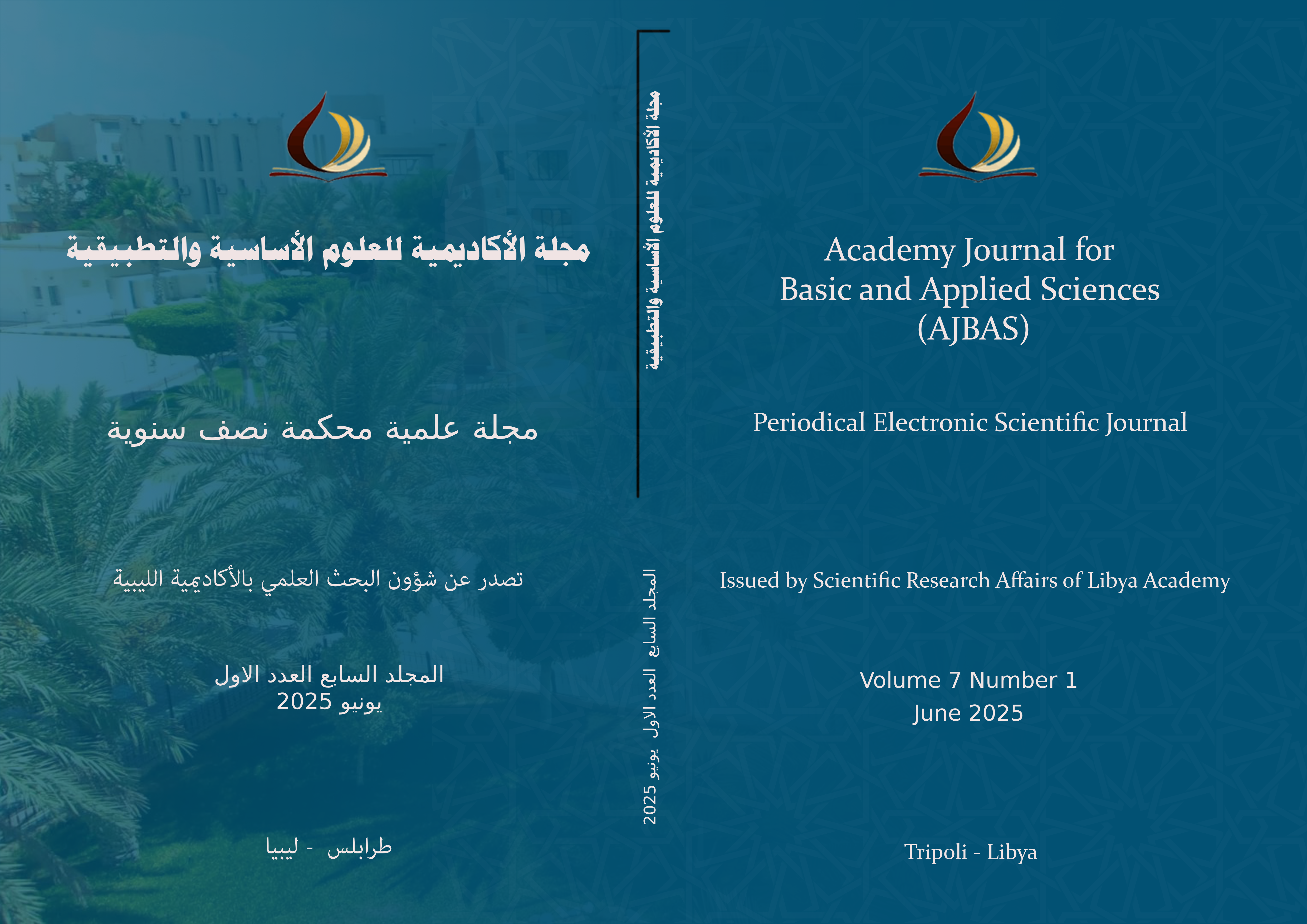Evaluating the Accuracy of DKED and Fresnel Diffraction Models for Human Body Blockage in Indoor 5G Band Communications
Main Article Content
Abstract
This paper investigates human-induced signal attenuation in indoor mm-wave communications at 32.5 GHz, a critical concern for 5G systems. Two distinct diffraction-based models are applied to the same indoor scenario to assess human blockage effects: one employs the Double Knife-Edge Diffraction (DKED) approach, and the other uses Fresnel diffraction principles with complex Fresnel integrals. Controlled experiments with a human subject moving between a transmitter (TX) and a receiver (RX) reveal that the DKED model consistently underestimates the received power by 2–6 dB, while the Fresnel diffraction approach underestimates it by 2–5 dB Based on the comparative results, the DKED model demonstrates higher accuracy in predicting signal attenuation, offering valuable insights for improving indoor 5G network performance.

